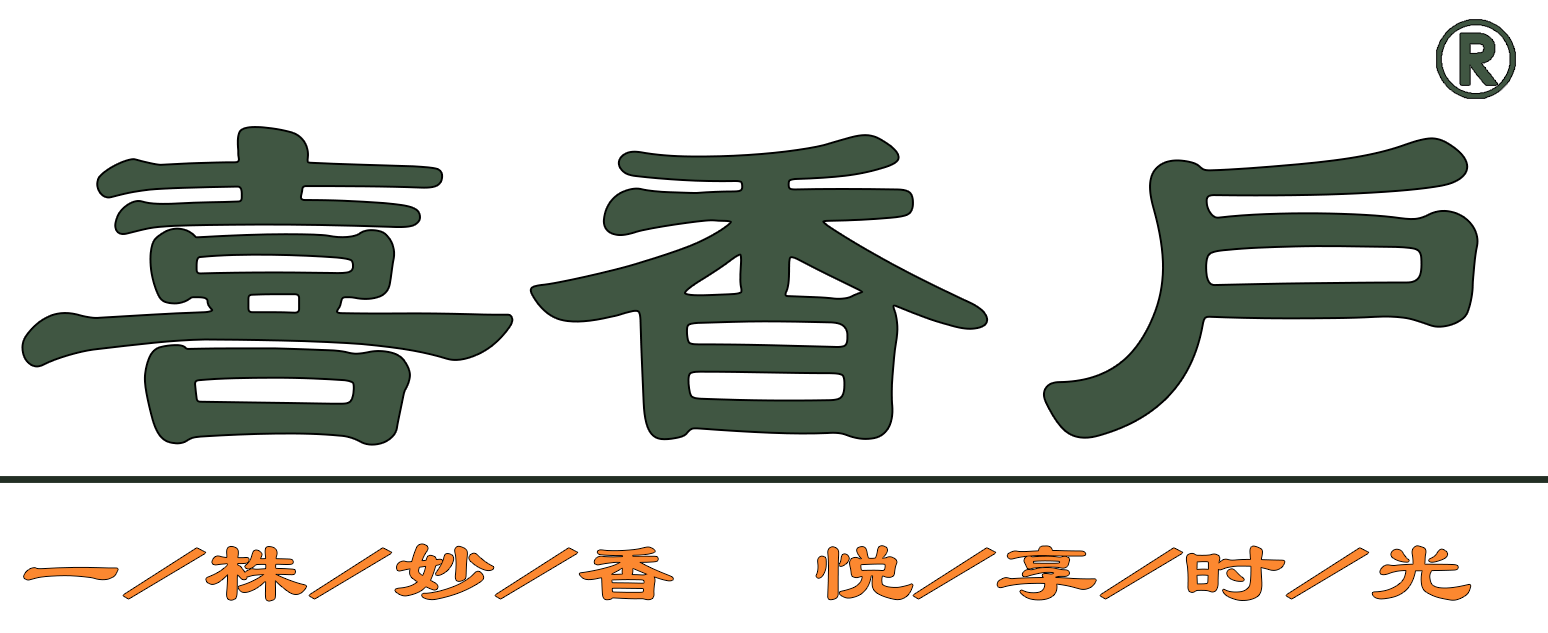News Center
The Underlying Logic Behind Price Variations in Agarwood Incense Sticks
Price differences in agarwood incense sticks primarily stem from variations in raw material grades. According to the Chinese Pharmacopoeia, only the resinous wood formed after Aquilaria sinensis trees are injured can be called agarwood. The age of wild agarwood trees and their oil content directly impact costs—century-old wild agarwood from Hainan's Jianfengling region can cost thousands per gram, while three-year-old cultivated agarwood may only cost around a hundred per kilogram.
Core Identification Indicators Explained
Oil Vein Pattern Identification: Genuine agarwood shows distinct black oil veins radiating across cross-sections under 40x magnification, forming natural dendritic patterns. Counterfeit products often feature blurred edges with dye residue.
Combustion Characteristics Test: Premium agarwood burns with bluish-white smoke rising straight upward, leaving snowflake-shaped ash. Inferior products adulterated with sulfur burn abnormally fast, producing pungent smoke and clumpy residue.
Industry Standards & Purchasing Recommendations
The International Agarwood Association (ICA) classifies agarwood incense into five grades: Supreme grade requires ≥35% oil content and traditional preparation methods. Consumers should note:
- Verify suppliers' CITES permits for endangered species trade
- Request third-party GC-MS reports (focusing on sesquiterpene content)
- Prefer handmade products using plant-based binders
Why Choose Heritage Brands
We preserve Ming Dynasty craftsmanship techniques, sourcing all materials from sustainable plantations. Each batch is traceable to specific tree ages and regions. Complimentary samples available—our master perfumers can customize bespoke incense solutions.
latest update
Message
Your email address will not be published
Required places are marked*
Online message
